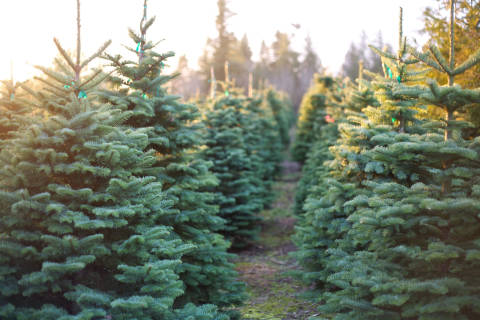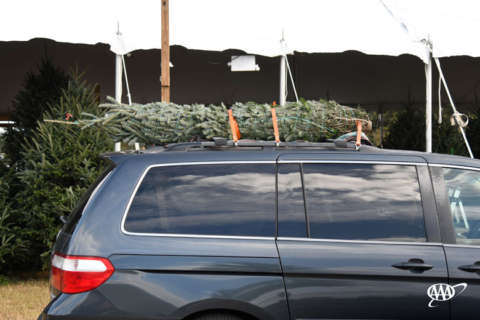WASHINGTON — Putting up the Christmas tree at home may be a source of joy for many, but for people with allergies, it may also be a source of sniffles.
For real trees, the concern is mold, said Dr. Rachel Schreiber with Schreiber Allergy in Rockville, Maryland. Mold can form on branches or, many times, in the water, which sits in a tree stand.
“When you pour water in the tree every morning, you can sort of increase that type of mold exposure around the home,” Schreiber said.
For families that have turned to artificial trees, mold usually isn’t the concern, but the dust the tree can accumulate in storage can be irritating.
“If you have asthma, these issues — dust and mold — can really contribute to your symptoms,” Schreiber said.
Schreiber added that for people with allergies, inflammation from allergic reactions to the tree can result in higher susceptibility to catching illnesses such as the flu and colds, which are known for spreading quickly during the holiday season.
“You can develop sort of a perfect storm around Christmas,” Schreiber said.
There are steps families can take to lessen the impact of allergens trees can bring into the home. For living trees, Schreiber said allergy sufferers can wear a face mask when adding water to stand. Another option is using a Christmas tree watering funnel, which limits exposure to the moldy water.
“That can actually just keep your airways a little removed from the area where you are pouring the water,” Schreiber said.
For artificial trees, before decorating, dust it off. Shaking it outside and using a wet rag on the branches can knock down the dust levels, according to Schreiber. Then, when putting the tree away, Schreiber said to only store it in sealed plastic bins or a plastic tree bag. Using the original cardboard box will lead to more dust and other issues with the tree when it is taken out again.
Finally, Schreiber believes air purifiers with a HEPA, or high efficiency particulate air, filter can help to capture the allergens in the air around the tree.








